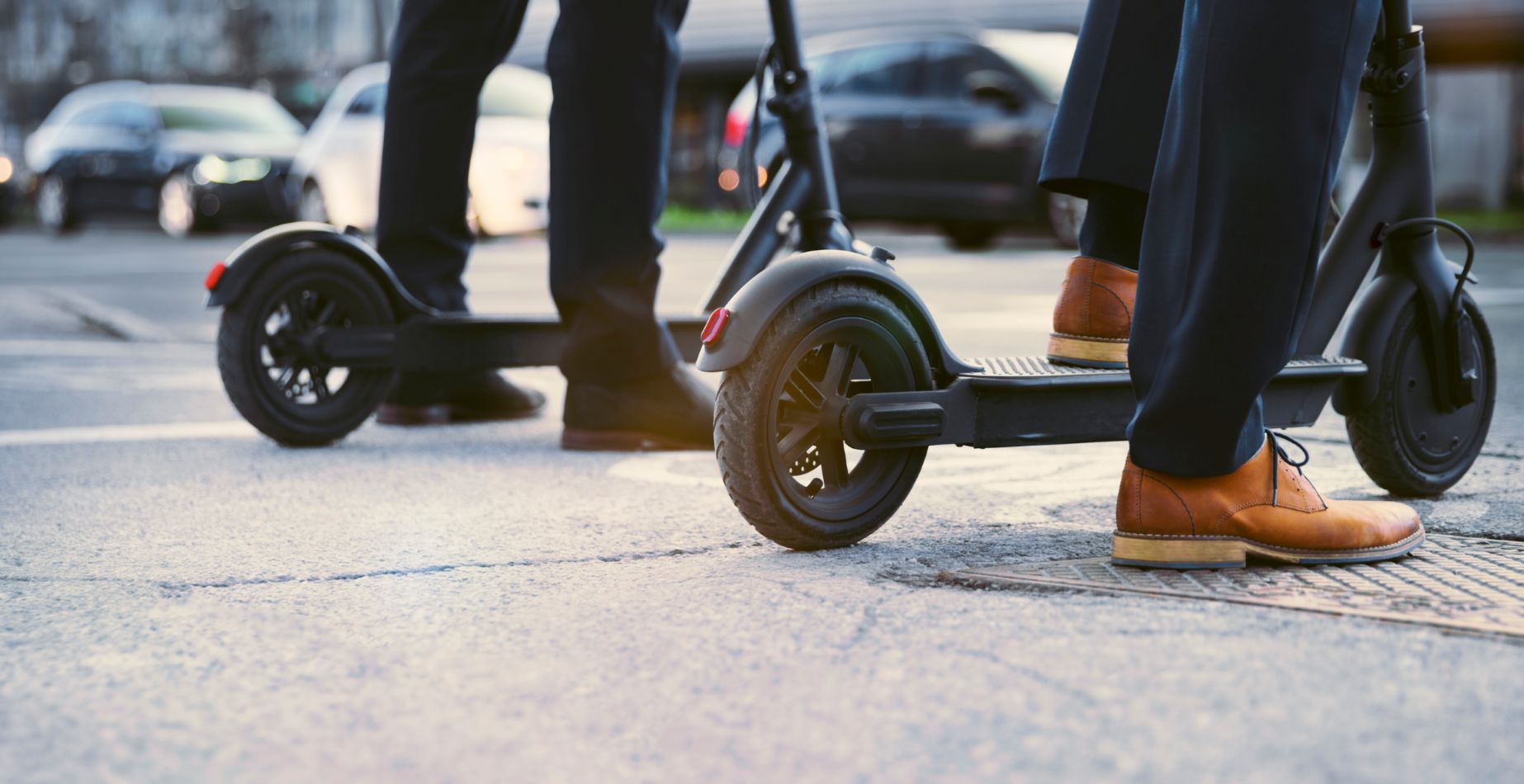Micromobility in Italy is constantly growing: bikes, electric scooters, and other light vehicles are becoming increasingly integrated into everyday urban life, especially in large cities.
This change represents a positive evolution from an environmental and urban livability perspective, but it also requires a concrete focus on safety. Pedestrians, cyclists, and scooter riders are among the most exposed on the road, especially where visibility is poor or infrastructure is inadequate.

Protecting these users requires the adoption of technological and infrastructural solutions capable of preventing accidents and fostering safer coexistence among different modes of transport.
Who are vulnerable users and the context data
As mentioned, vulnerable users are those particularly at risk due to the lack of structural protection in the event of an impact—namely pedestrians, cyclists, motorcyclists, and the increasingly common scooter riders.
In recent years, the growth of micromobility and the increase in urban travel with light vehicles have made these categories more present and, at the same time, more at risk.
According to the ISTAT 2024 report, almost half of road fatalities belong to these user groups, with an increase in accidents and injuries confirming a critical situation in many urban areas.
The most at-risk situations are found at unregulated intersections, outlying roads, and sections with limited visibility, where the lack of dedicated infrastructure or protective systems can have serious consequences.
The new 2025 Highway Code for scooters
The new 2025 Highway Code introduces fundamental measures to improve the safety of scooter riders, clarifying obligations and penalties:
- mandatory helmet for everyone, regardless of age;
- identification plate and liability insurance required;
- stricter speed limits and new rules for night circulation.
These provisions will gradually come into force throughout 2025, with a 6-month transitional period for the adaptation of vehicles already in circulation.
Those who do not comply risk fines ranging from 100 to 400 euros, in addition to vehicle seizure in the absence of insurance. These changes aim to increase user responsibility and align the rules with those already in place for other motor vehicles.
Vision Zero and protective infrastructures
The Vision Zero strategy, adopted in various European countries, sets a clear goal: zero road fatalities by 2050. This approach is based on an integrated vision of safety, in which infrastructure, technology, and human behavior must work together.
Among the most effective solutions:
- 30 km/h zones in urban areas to reduce speed and the severity of accidents;
- protected bike lanes separated from vehicle traffic;
- raised and well-marked pedestrian crossings, including dedicated lighting.
Cities like Stockholm, Amsterdam, and Copenhagen are urban contexts that demonstrate the effectiveness of safe infrastructure and targeted regulations, making a concrete contribution to reducing serious accidents.
Technologies and solutions to improve safety
The protection of vulnerable users also involves advanced and accessible technological solutions:
- personal visibility systems, such as LED lights, reflective vests, and illuminated helmets, increase visibility in low-light conditions;
- wearable tech with brake lights or turn indicators improves communication among road users;
- smart infrastructure, such as proximity sensors, adaptive traffic lights, and electronically managed road mirrors, are fundamental tools for preventing collisions.
In this context, Safe Join represents a concrete solution: a patented road mirror that is anti-fog, anti-ice, designed to guarantee visibility in every season and under any condition.
Operating autonomously thanks to solar energy, maintenance is kept to a minimum, while the integrated electronic system allows intelligent, low-consumption monitoring and adjustment.
Operational roadmap for municipalities
The adoption of effective safety strategies for the most vulnerable users can no longer be postponed. For municipalities, defining an operational roadmap does not mean rethinking everything from scratch, but rather making the most of what is already available, integrating practical and easily applicable solutions into urban and peri-urban contexts.
A concrete action plan can start from five priority areas:
- Mapping risk areas: with particular attention to dangerous intersections, school zones, pedestrian crossings, and unprotected bike routes.
- Enhancing infrastructure: through targeted interventions such as the introduction of 30 km/h zones, creation of dedicated lanes, and redevelopment of public spaces with a focus on safety.
- Adopting technological solutions: capable of preventing risks related to poor visibility and critical weather conditions. In this context, devices like Safe Join offer a concrete contribution, improving visibility in the most critical points of urban and suburban roads.
- Awareness and training campaigns: aimed at all road users, focusing on responsible behavior and knowledge of the rules.
- Active involvement of citizens: through digital reporting tools, listening to local needs, and promoting participatory projects focused on safety.
Road safety cannot do without a strategic vision: it is the result of intelligent choices, planning, and targeted investments. Along this path, Safe Join stands out as a reliable, efficient, and sustainable ally, ready to be integrated into local policies for safer and more conscious mobility.
👉Find out how to request Safe Join to integrate it into your urban network and make shared spaces safer.